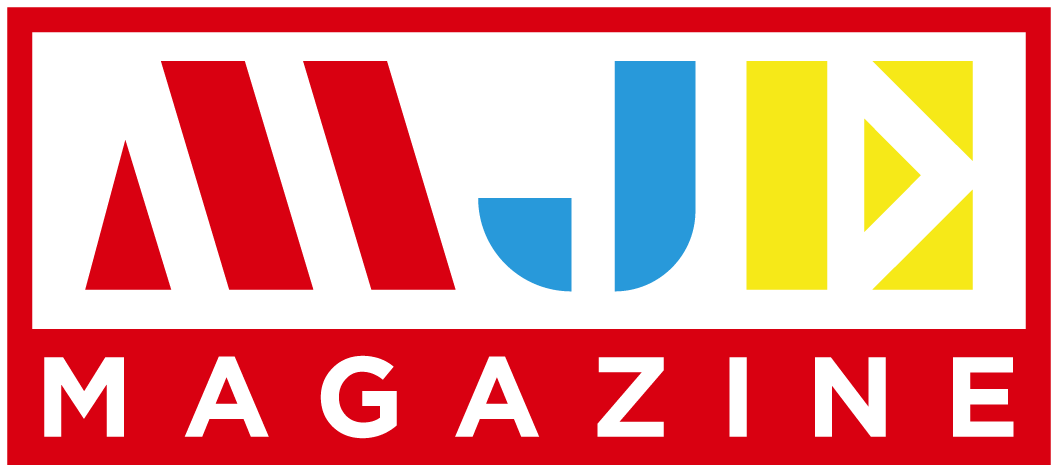Buying your first home can be an exciting period in your life; but it can also be ridden with anxiety and fear. This is the biggest financial commitment you will ever make, in terms of the loan amount and the time spent paying it off. Unless you have very generous parents, or a ton of money just laying around, you are going to need a mortgage. There are many different types of products out there, and one of the primary considerations you will have to take into account is whether you want a fixed-rate or a variable-rate mortgage. Here is an overview to give you an idea of the two different kinds.
Fixed Rate Mortgages
Fixed rate mortgages offer a set interest rate through the life of the loan. This has many advantages. First and foremost, it offers predictability—throughout the entire time you pay your mortgage, you know what you will be paying every month for the next 30 years. Most people go with fixed rate mortgages, and this is a primary reason why. Knowing your housing costs will remain constant can help you budget better. They are also easier to understand, so there is less risk of surprises down the line due to something you missed or misinterpreted.
These mortgages can have disadvantages as well. Because you have a fixed rate for the life of the loan, the only way to take advantage of lower rates in the future is to refinance your home, which can involves thousands of dollars in fees and lots of time and paperwork. Fixed-rate mortgages tend to come at a higher rate, which means more money spent; also, rates tend to be the same from lender to lender, which means little customization for your needs.
Adjustable Rate Mortgages
When you have an adjustable rate mortgage, your interest rate will fluctuate based on the market. This unpredictability does not sit well with many people, which explains why this is the less frequently used option. It does have its advantages. First, you should know that studies have found that people who opt for these mortgages end up paying less in interest over the life of their mortgage. Rates and payments start low, and since lenders calculate your eligibility for a mortgage based on these lower figures, you may qualify for a larger home purchase (but tread carefully.) Since your mortgage payments are automatically tied to the market, you do not need to refinance when rates drop; your payments are automatically adjusted. The extra money you are left with during lower rates can be used elsewhere to grow your investments or savings. If you know you may end up moving in a short time, this gives you a way to get into a house without putting a lot of money into the endeavor.
This option also comes with potential drawbacks. Because your payment is tied to current interest rates, spikes could mean significant increases in your monthly payment. While the loan will come with an annual and lifetime cap, this annual cap may not apply to the first fluctuation that occurs after you close on your house. These mortgages are highly customizable by the lender, and a borrower not well-versed in these matters, can easily get confused or taken for a ride by a shady lender.
What to Choose
There is no one best option when it comes to picking an option. You need to carefully examine the current fixed rates vs. variable rates and surmise what the future may hold. If rates are expected to rise soon, a fixed-rate mortgage would be the way to go, while an ARM may be a good choice if you think rates will be dropping in the near future.
Kelli Cooper is a freelance writer who blogs about all things real estate.
Photo Credit


